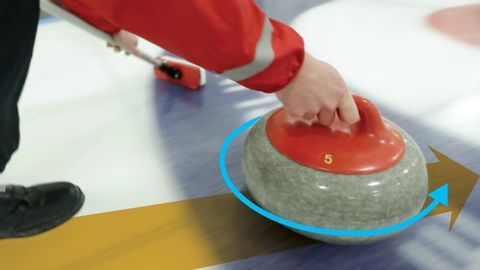冷硬的科學。冰壺的爭議物理學--每天更聰明111 (COLD HARD SCIENCE. The Controversial Physics of Curling - Smarter Every Day 111)
ilovedoggy999 發佈於 2021 年 01 月 14 日  沒有此條件下的單字
沒有此條件下的單字- adv.指向…點;至
- prep.附屬、連接的介係詞;比較的介係詞;指向;給予的介係詞;對…的反應;(用於動詞前;表示不定式);到…範圍;到;表達;放在動詞後的介係詞;去;然後;…和…;向;朝(某方向);(表示時間)直到...;聽的介係詞
- particle(不定詞)
- v.t./i.去;去做(運動);走;去;嘗試;開始
- n. (c.)(遊戲中的)一輪
- n. (c./u.)優勢;刀緣;邊緣;邊沿
- v.t.使鋒利;邊
- v.t./i.邊緣 ; 邊飾
- v.t.在...上加表面
- v.i.顯露;浮出(水面);浮出表面
- adj.表面的
- n. (c./u.)水面;(情緒、外表等)表面;(物體的)表面

